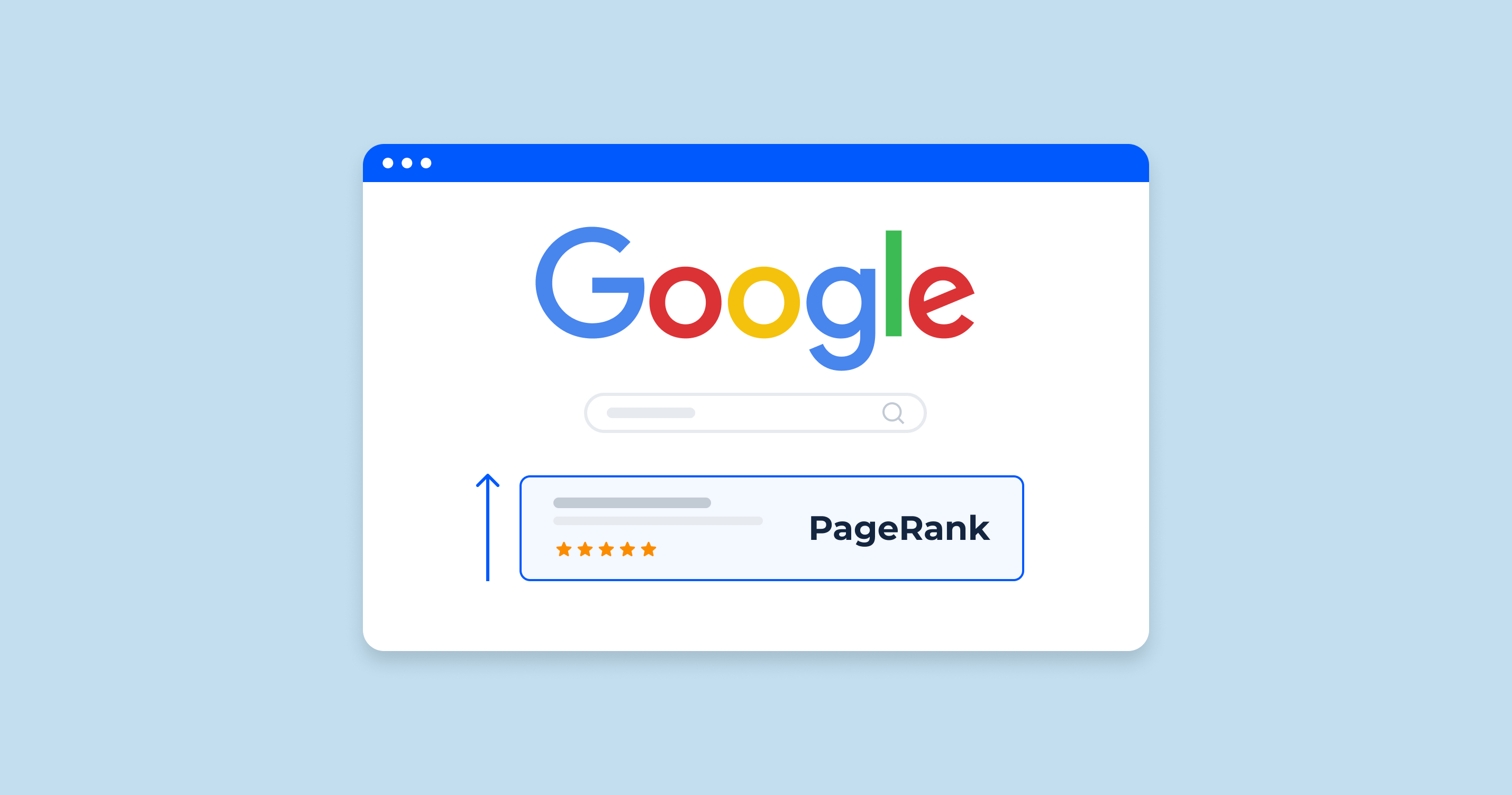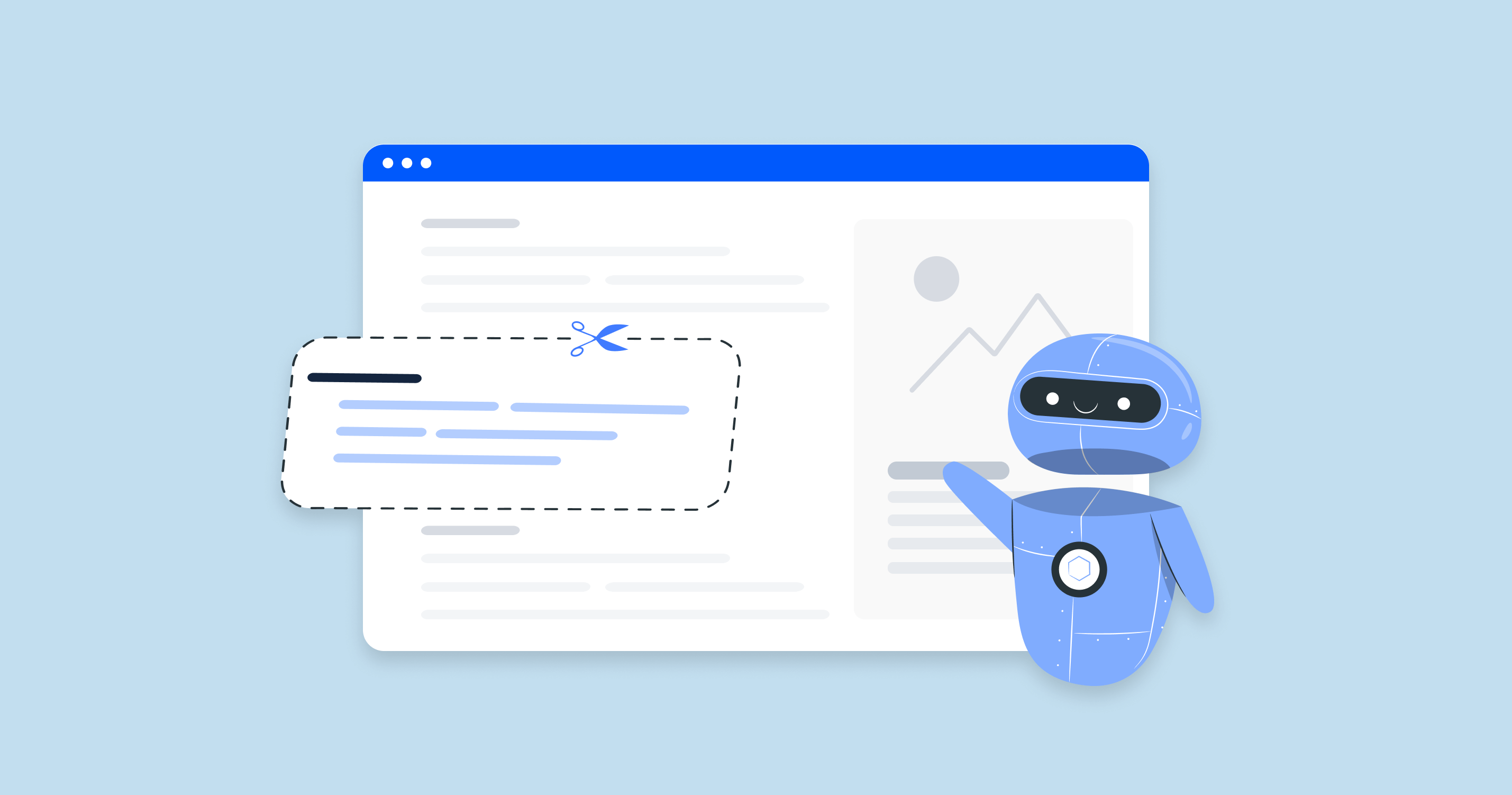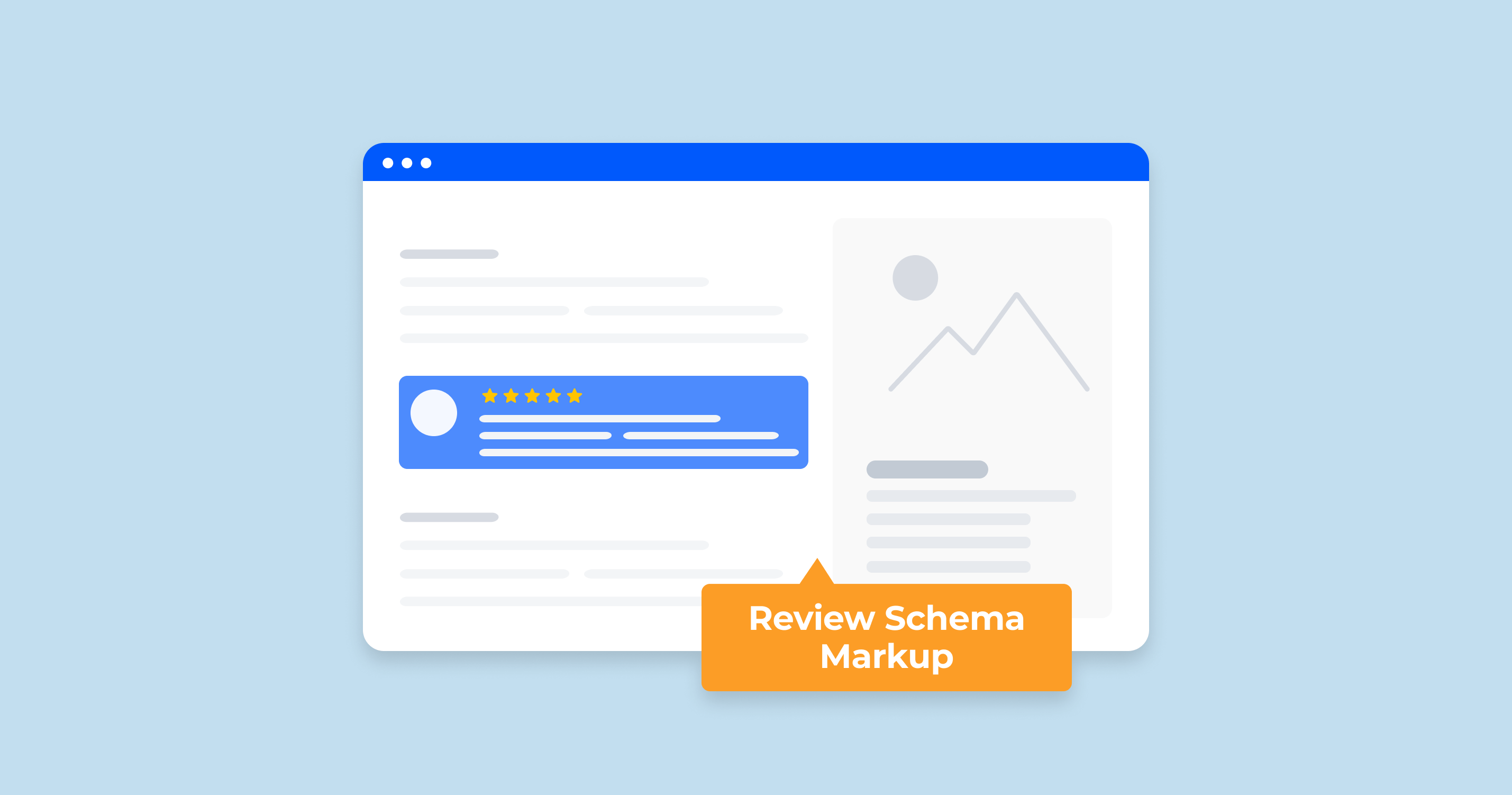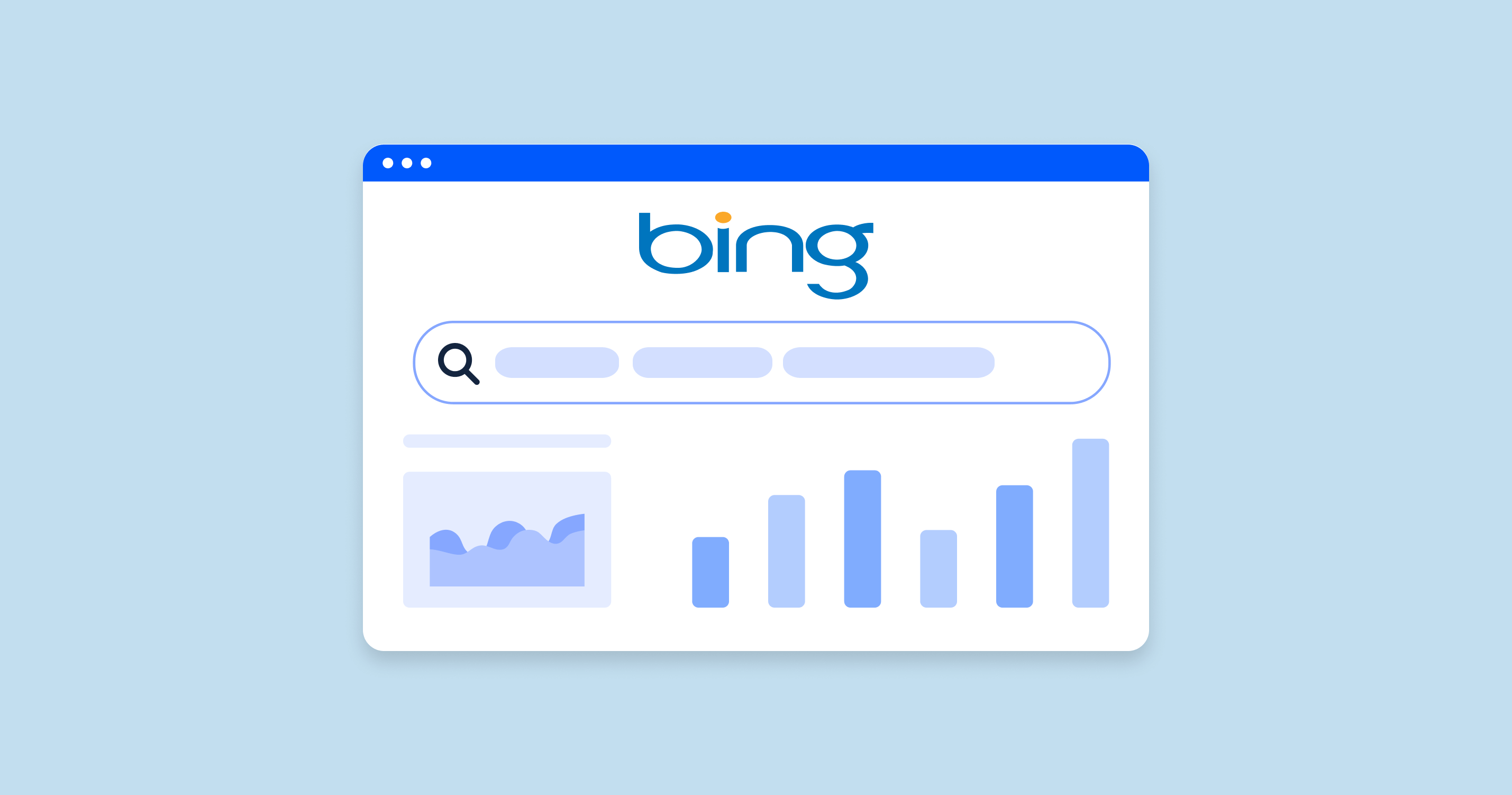What is Google’s PageRank?
Google’s PageRank evaluates a webpage’s importance based on its inbound links. A site with numerous high-quality links is deemed authoritative. Previously, the Google Toolbar displayed a page’s SEO page rank score, ranging from 0 (least relevant) to 10 (highly authoritative).
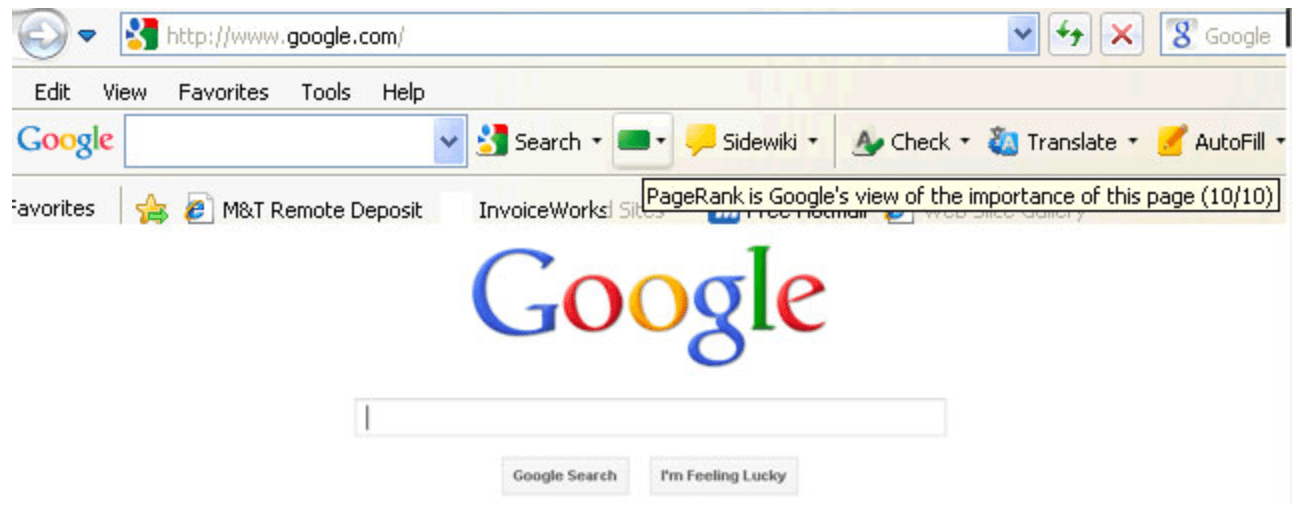
This system uses a logarithmic scale, possibly with a base of five. Thus, a PR4 page is 25 times more significant than a PR2 page, not merely double. SEO professionals value search engine page rank because a higher-value site can transfer authority to a linked page, enhancing its importance in Google’s eyes. The foundational idea: a page’s significance is amplified when other authoritative pages link to it.
Here’s how PageRank works:
- Links as Votes. At a fundamental level, PageRank treats links as votes. When a page directs to another, it is essentially “voting” for that page, indicating that the content might be valuable or trustworthy.
- Value Distribution. Not all links are created equal. A link from a more “important” or “relevant” page has more weight than a webpage from a less important page. So, if a high PageRank website links to your site, it can significantly boost your own ranking tool.
- Damping Factor. The PageRank algorithm involves a damping factor, typically set around 0.85. This factor considers the probability that a person randomly clicking on links will arrive at any particular page. It’s an adjustment to make the calculation more realistic, ensuring that the rankings are more stable and less susceptible to manipulation.
- Iterative Calculation. PageRank isn’t calculated in a single pass. The formula goes through multiple iterations to converge on a stable set of PageRank values.
PR(P) = (1-d) + d * SUM(i=1 to n) [PR(Qi) / L(Qi)]
Where:
- PR(P) is the PageRank of page P.
- d is the damping factor.
- Qi are the pages linking to page P.
- L(Qi) is the number of outbound links on page Qi.
- The summation goes over all pages Qi linking to P.
In practical terms, the essence of PageRank is that links contribute to a page’s authority or trustworthiness. Still, the value of those web pages is determined by the authority of the linking pages.
Let’s figure out how to Google’s PageRank Algorithm Works in video by Spanning Tree:
Historical Context of Google’s PageRank
Google’s PageRank algorithm was born out of the realization that the existing search methods of the late 1990s were becoming increasingly ineffective as the World Wide Web grew. Traditional search engines relied heavily on keyword matching and meta-tag information to rank web pages. This approach was straightforward but susceptible to manipulation and often resulted in low-quality search results.
Enter two Ph.D. students from Stanford University, Larry Page and Sergey Brin. They believed that the vast linking structure of the web itself could be used to determine the importance of individual pages. Their hypothesis was that valuable or trustworthy pages were likely to be linked to more than less valuable pages. This formed the core idea behind PageRank. Instead of merely counting the number of times a keyword appeared on a page, they proposed to evaluate the importance of pages based on their webpages structures.
Mention of Larry Page:
Larry Page, along with Sergey Brin, co-founded Google, but the PageRank algorithm, in particular, is named after Larry. It’s a play on his surname, but it aptly represents the purpose of the algorithm: to “rank” web “pages.” Larry’s vision was key to differentiating Google from other search engines of the time. His work on the extraction of information from large datasets, combined with Brin’s mathematical expertise, led to the creation of the PageRank algorithm.
How PageRank Revolutionized Web Search
Before PageRank history, search results were often cluttered with irrelevant or low-quality sites that were skillfully optimized with popular keywords. With the introduction of PageRank, Google brought a paradigm shift to the search engine industry:
| Quality Over Quantity | Instead of websites that merely had the most instances of a keyword, sites that were deemed “authoritative” or “important” started appearing at the top of search results. This often meant more relevant results for users. |
| Reduction of Spam | It became harder for black-hat SEO practices to thrive. Simply stuffing a page with keywords wouldn’t guarantee top rankings anymore. |
| User-Centric Approach | By focusing on the organic structure of the web (i.e., how pages link to one another), Google’s results became more aligned with what users found valuable or trustworthy. |
| Foundations for Future Algorithms | PageRank laid the groundwork for many of Google’s future algorithmic changes and updates. It marked the beginning of Google’s journey to understand and map the web’s vast information in a way that served user needs. |
The success of PageRank was evident in the rapid growth and dominance of Google as a search engine. It set a precedent in the industry, emphasizing the importance of delivering genuinely relevant search results to users. Over time, while Google’s algorithm has grown to incorporate many other factors, the foundational principles of PageRank remain at its core.
How PageRank Impacts SEO
Fundamental principles of PageRank still play a role in the broader spectrum of Google’s ranking factors nowadays. Here’s how PR impacts SEO:
| Link Value Distribution | The essence of PR is to evaluate the value of web pages based on the number and quality of links pointing to them. When a page with high PR links to another, it essentially “passes” some of its value to the linked page. This is why obtaining links from authoritative websites is prized in SEO. |
| Importance of Relevance | Over time, relevance between the linking and linked pages became crucial. It’s not just about having links, but about having contextually appropriate links. This change prompted SEO professionals to pursue links that were not only high in PR but also relevant to their content. |
| Internal Linking Strategy | PR also influenced how websites structure their internal links, distributing link equity efficiently across the site and helping certain pages (like product or service pages) gain more prominence. |
| NoFollow Links | To give webmasters control and combat spam, the “nofollow” attribute was introduced. Links tagged with this attribute do not pass PR. This allowed websites to link out without endorsing the linked content in the eyes of search engines. |
In conclusion, while PageRank is just one of many factors in Google’s comprehensive algorithm, understanding its principles remains essential for modern SEO. The focus on quality, relevance, and authentic link-building practices, which PR ushered in, remains at the core of effective SEO strategies today.
Factors That Influenced PageRank
PageRank operated on the principle that the value or importance of a webpage could be deduced from the web’s intricate linking structure. However, while the idea of treating links as votes was foundational, several nuanced factors played a role in determining how this “vote of confidence” was measured and allocated.
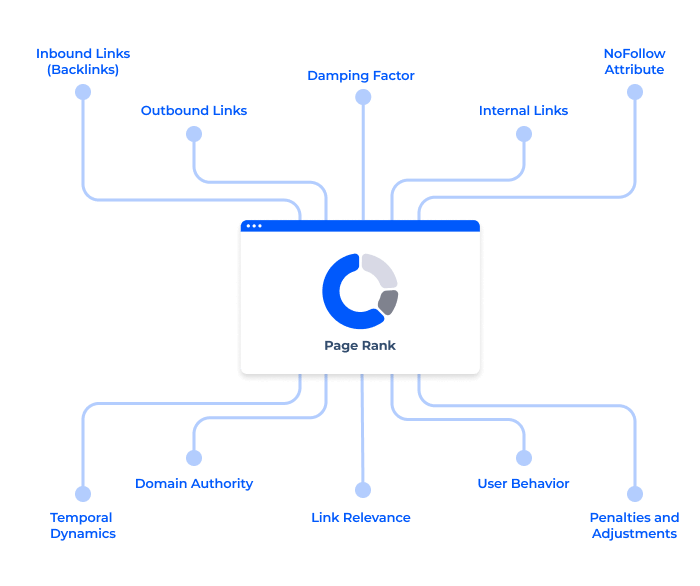
Below are the key factors that influenced the PageRank algorithm:
1. Inbound Links (Backlinks)
- Quantity: The number of backlinks to a page. More backlinks could suggest a page is more important or popular.
- Quality: Not all links are equal. A link from a high PageRank page is more valuable than a backlink from a low PageRank page.
2. Outbound Links
The number of links on a page (outgoing) also mattered. PageRank was divided among all outbound links on a page. So, if a page with a high PageRank had many outbound links, the PageRank passed to each linked page was diluted.
3. Damping Factor
Introduced to ensure that the PageRank algorithm was more realistic. The damping factor, usually set at about 0.85, accounted for the probability that a user would continue clicking on links versus stopping. It made sure that pages deep within a link chain received progressively less PageRank.
4. Internal Links
While PageRank primarily considered external links, the way a website’s internal pages linked to each other could also influence the distribution of PageRank within the site.
5. Link Relevance
Over time, the relevance of the content on the linked page began to play a role, ensuring that links were contextually relevant and not just randomly placed.
6. NoFollow Attribute
Webmasters could use the “nofollow” attribute to prevent specific links from passing PageRank. This was introduced as a way to combat spammy links in areas like blog comments but also allowed site owners more control over the flow of PageRank.
The nofollow attribute serves three primary purposes related to maintaining your site’s link integrity:
- Sponsored Links: Google requires using nofollow for paid or sponsored links. Failing to do so might label your site as employing black-hat SEO, risking a PR drop.
- Relevance: Ensure the content and hyperlinked sites are contextually aligned. For instance, if your site is about cooking but you link to a tech site, use nofollow to avoid potential ranking penalties.
- Trustworthiness: If linking to a site with dubious traffic, possible fraudulent behavior, or a new domain, employ nofollow to safeguard your site’s reputation.
A consistent link-building strategy is vital; without it, you risk Google penalties or a drop in PR. With Google regularly updating its algorithms, prioritizing high-quality sites is paramount.
7. Domain Authority
While not directly a part of the original PageRank, the overall authority and trustworthiness of an entire domain could influence how its individual pages ranked. This idea was somewhat rooted in the concepts behind PageRank.
8. Temporal Dynamics
The age and freshness of links could play a role, with newer links potentially having different weight than older ones.
9. User Behavior
While the core PageRank algorithm doesn’t directly consider user behavior, Google’s broader approach to ranking (which incorporates PageRank among many other signals) started considering user signals like bounce rate, click-through rate, etc., which indirectly influenced how effective PageRank was in ranking pages.
10. Penalties and Adjustments
Google’s algorithms, including but not limited to PageRank, adjusted for tactics meant to game the system. If a site was caught engaging in practices like link farming (creating networks of sites to artificially inflate backlinks), it could be penalized with a reduced PageRank.
Google About PageRank Metric
Google’s PageRank (PR) algorithm still functions as a foundational component of their broader ranking system. However, it’s crucial to understand several nuances:
- Not Publicly Visible. In the past, Google provided a visible PageRank score (from 0 to 10) via tools like the Google Toolbar. This public score was discontinued in 2016, meaning that while PageRank might still be operational in the background, webmasters and SEOs can no longer see a site’s PageRank score.
Google decided to discontinue the PageRank toolbar due to its misuse by SEO professionals. Obsession with PageRank overshadowed the importance of quality content and user experience. When the PageRank score became public, it became a target for manipulation, with SEO experts exploiting it to artificially boost their site rankings.
Recognizing this, Google saw the public PageRank display as a vulnerability, leading to its removal in 2016 to prevent undue influence on website rankings.
- Evolution of Algorithms. Google’s ranking algorithms have continually evolved. While PageRank was groundbreaking and foundational when introduced, many other factors now play a significant role in ranking, such as user experience, mobile-friendliness, content quality, and more.
- Still a Core Principle. The idea behind PageRank, which assesses the value of a webpage based on the quantity and quality of links pointing to it, remains a core principle in how the web is understood and how pages are ranked. Quality links are still a vital signal of authority and relevance.
- Gary Illyes’s Confirmation. In 2017, Google’s Gary Illyes confirmed via Twitter that PageRank is still part of the algorithm. However, it’s one of many, many signals in a very complex system:
- Internally using PR by Google.In 2020, John Mueller confirmed that once again:
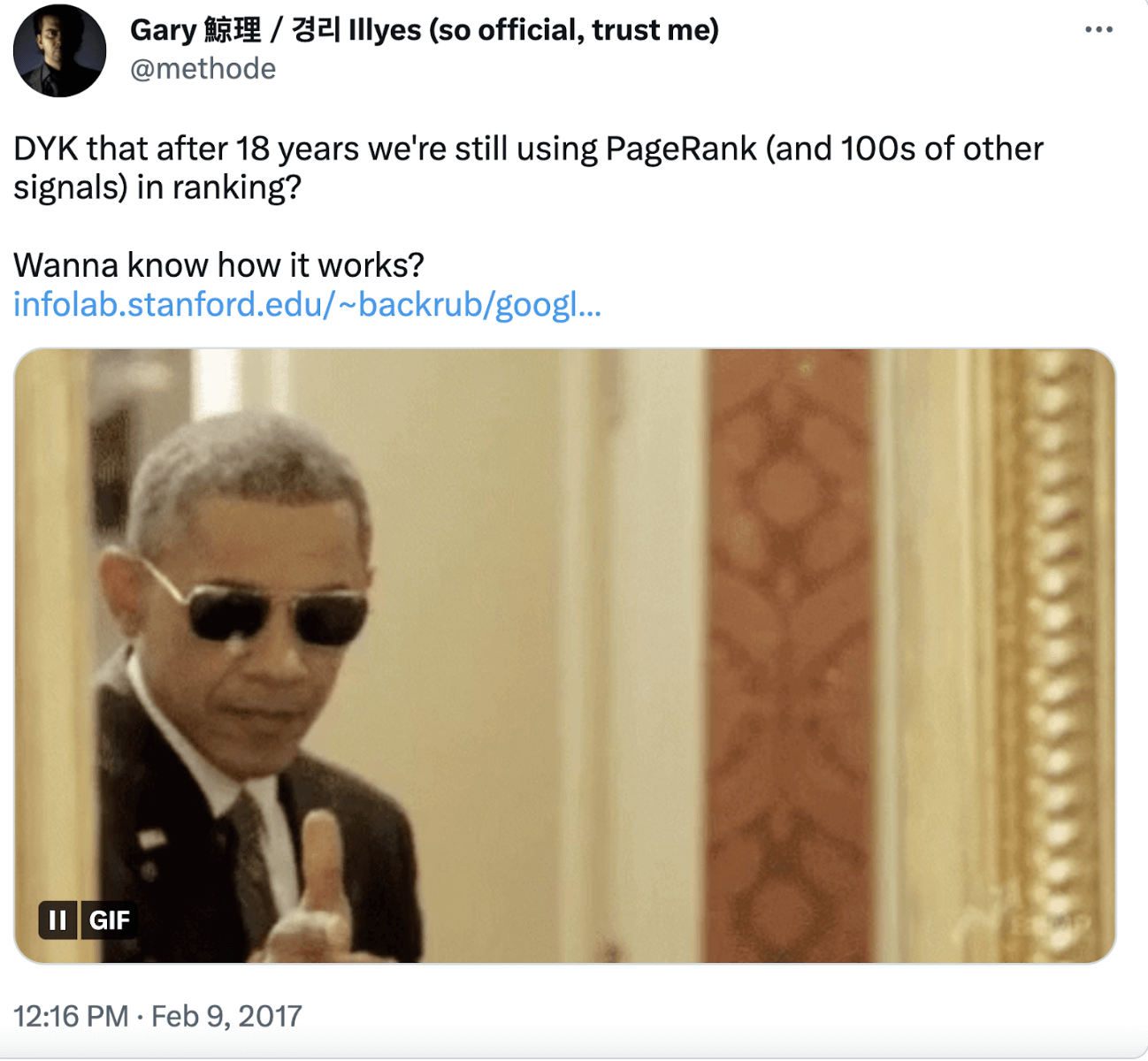
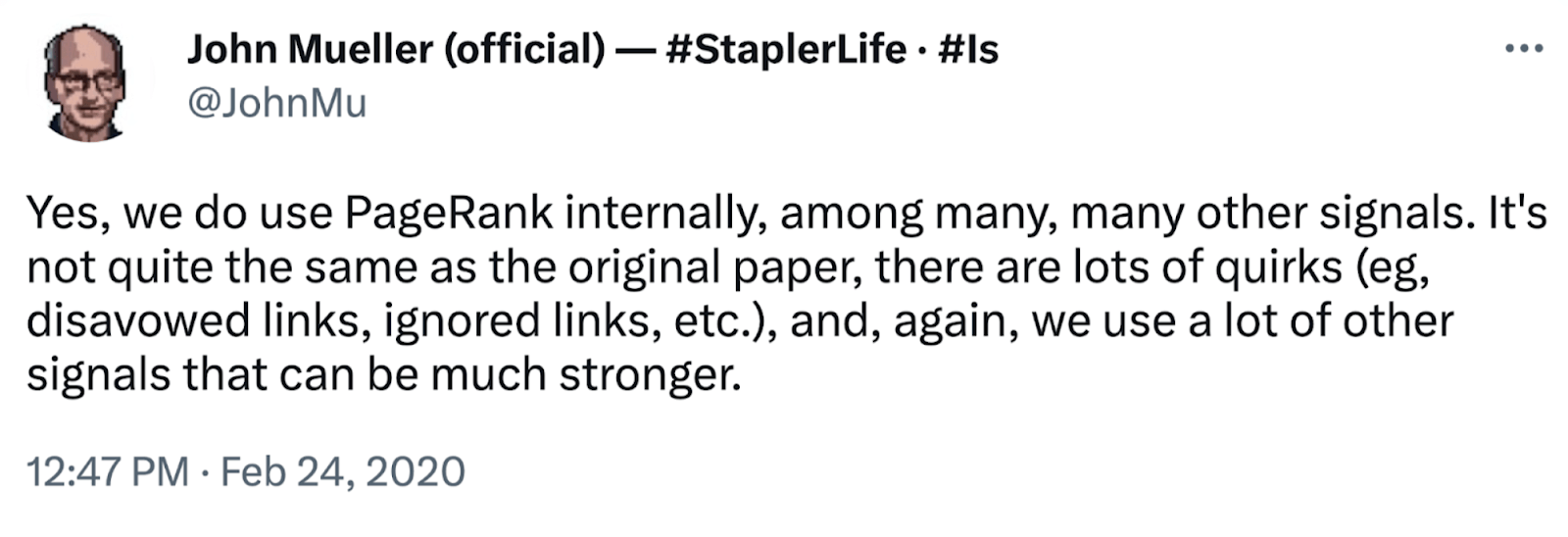
In summary, while you won’t hear about PageRank as frequently as in the early 2000s, the principles behind it remain alive and influential in the realm of SEO. However, it’s embedded within a much more intricate system that considers a vast array of ranking signals.
Troubleshooting and Solving Low Google PageRank
Google’s PageRank assesses a page’s importance based on various factors. While the ranking system is intricate, some common problems can impede your score. Here’s a look at these issues and their solutions:
1. Thin or Duplicate Content
Google values unique and valuable content. If your site contains thin (lacking value) or duplicated content, it could be affecting your PageRank.
2. Unnatural Backlinks
Low-quality or spammy backlinks can be detrimental to your site’s PageRank, especially if Google considers them as part of a link scheme.
3. Slow Site Speed
Page loading time is a ranking factor. A slow site can result in a poor user experience, affecting both bounce rates and PageRank.
4. Mobile Unfriendliness
With the rise in mobile searches, a non-mobile-friendly site can hamper user experience and, subsequently, your PageRank.
5. Over-Optimization
While optimizing your site is critical, overdoing it (keyword stuffing, unnatural anchor text, etc.) can seem manipulative and negatively affect your PageRank.
By regularly monitoring these issues and implementing the suggested solutions, you can maintain and potentially improve your Google PageRank.
Website Page Rank Checker for Checking PR
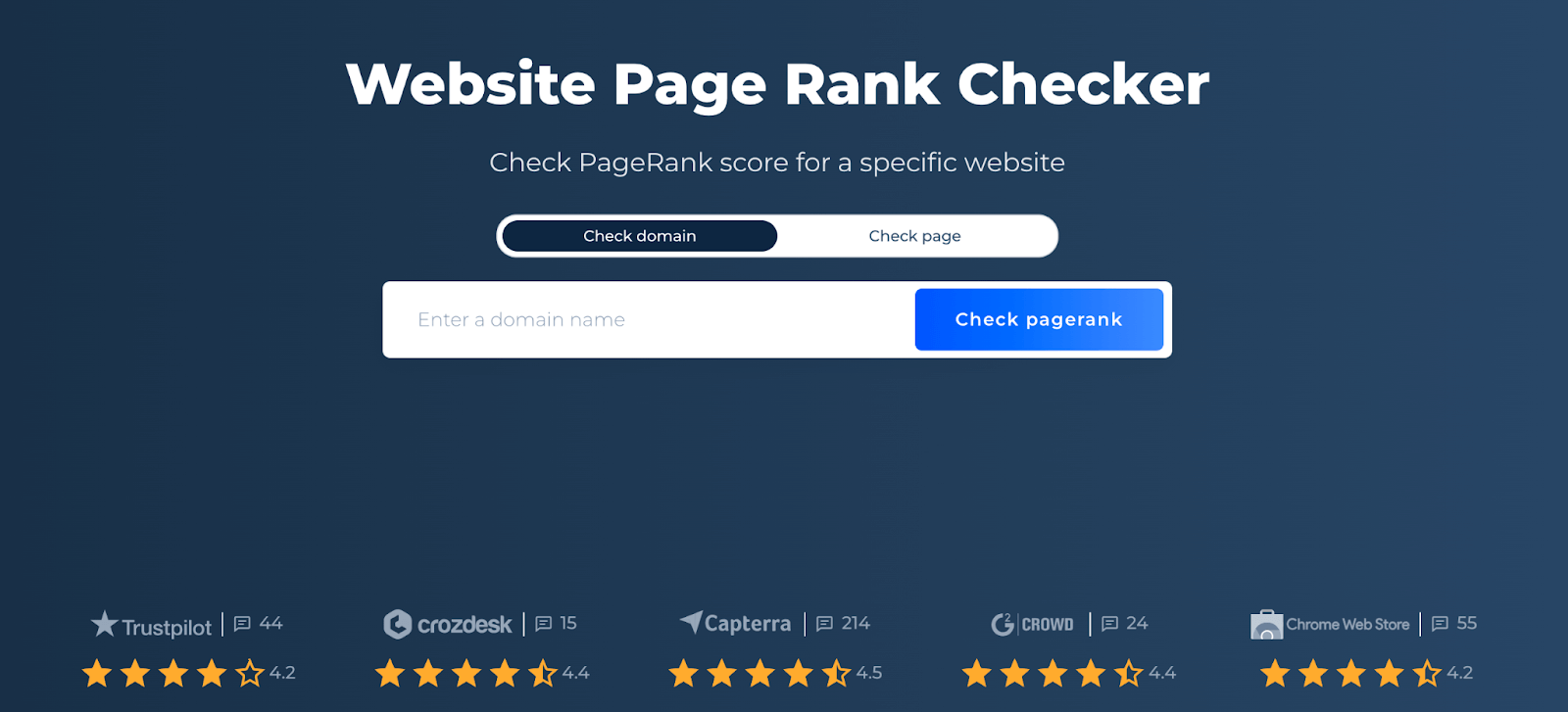
Page Rank Checker is a detailed instrument that assesses the prominence or credibility of a specific web page. This measurement delves into internal connections, shedding light on the effectiveness of link integration and pinpointing pages with heightened importance.
Internal Page Examiner is a crucial instrument that assists in enhancing your website’s inner framework, fine-tuning link value, and highlighting pages with the most pertinent content.
Conclusion
Google’s PageRank, conceived by Larry Page and Sergey Brin, evaluates a webpage’s importance based on inbound links, shifting the focus from mere keywords to link quality and relevance. It views links as “votes” of content value, with the weight of each vote influenced by the authority of the linking page. Although other ranking signals have since emerged, PageRank’s principles remain foundational in the realm of SEO.
Issues like unnatural backlinks, slow site speeds, and over-optimization can impact a page’s rank. While Google no longer showcases PageRank scores, its concepts are deeply embedded in the platform’s broader ranking mechanisms.
